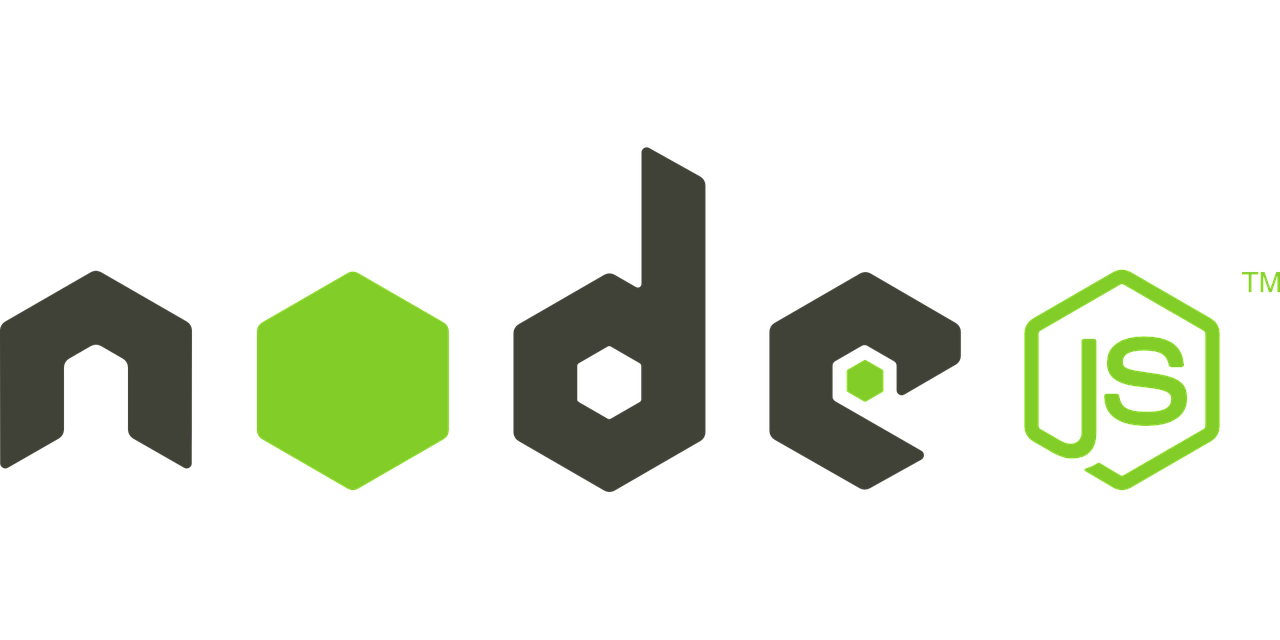AJAX stands for Asynchronous JavaScript and XML, which is a technique used to make asynchronous requests to a web server from the client-side. However, in Node.js, there is no client-side environment, and therefore AJAX is not directly applicable.
Instead, in Node.js, you can use the built-in HTTP or HTTPS modules to make HTTP requests to a server from the server-side. Here are a few ways you can make HTTP requests in Node.js:
1. Using the built-in http module:
const http = require('http');
const options = {
hostname: 'example.com',
port: 80,
path: '/api/data',
method: 'GET'
};
const req = http.request(options, res => {
console.log(`statusCode: ${res.statusCode}`);
res.on('data', d => {
process.stdout.write(d);
});
});
req.on('error', error => {
console.error(error);
});
req.end();
2. Using the axios module:
const axios = require('axios');
axios.get('https://example.com/api/data')
.then(response => {
console.log(response.data);
})
.catch(error => {
console.log(error);
});
3. Using the request module:
const request = require('request');
request('https://example.com/api/data', (error, response, body) => {
console.log(body);
});
Note that in Node.js, you cannot use AJAX to directly manipulate the HTML DOM as you would in a browser environment. However, you can use templating engines like EJS or Pug to generate HTML on the server-side and send it to the client as a response to an HTTP request.
4. In an Express.js application,
you can use the built-in fetch API to make AJAX requests from the client-side to the server-side. Here’s an example of how to use fetch in an Express.js route:
// server.js
const express = require('express');
const app = express();
app.get('/api/data', (req, res) => {
const data = { message: 'Hello, world!' };
res.send(data);
});
app.listen(3000, () => console.log('Server started'));
// client.js
fetch('/api/data')
.then(response => response.json())
.then(data => console.log(data))
.catch(error => console.error(error));
The Express.js server listens on port 3000 and responds to a GET request to the /api/data endpoint with a JSON object containing a message. On the client-side, the fetch API sends a GET request to the same endpoint and logs the JSON response to the console.
You can also use third-party libraries like axios or request in an Express.js application to make HTTP requests from the server-side to an external API. Here’s an example of how to use axios in an Express.js route:
const axios = require('axios');
app.get('/api/external-data', (req, res) => {
axios.get('https://jsonplaceholder.typicode.com/posts')
.then(response => res.send(response.data))
.catch(error => console.error(error));
});
The Express.js server responds to a GET request to the /api/external-data endpoint by making a GET request to the jsonplaceholder API using axios. The server then sends the response data from the external API to the client-side.
- “What is AJAX?” article on Mozilla Developer Network: https://developer.mozilla.org/en-US/docs/Web/Guide/AJAX/Getting_Started
- Axios library documentation: https://axios-http.com/docs/intro
- SuperAgent library documentation: https://visionmedia.github.io/superagent/
- jQuery AJAX documentation: https://api.jquery.com/jquery.ajax/
- “Handling AJAX Requests in Express” article on Stack Abuse: https://stackabuse.com/handling-ajax-requests-in-express-js/
- “Implementing AJAX in Node.js with Vanilla JS” article on LogRocket: https://blog.logrocket.com/implementing-ajax-in-node-js-with-vanilla-js/
- “Using Fetch with async/await” article on David Walsh Blog: https://davidwalsh.name/fetch-async
- “AJAX vs RESTful APIs” article on SitePoint: https://www.sitepoint.com/ajax-vs-restful-apis-whats-the-difference/
These links provide additional information and resources related to the topic of implementing AJAX in NodeJS, as well as best practices and different libraries for handling AJAX requests.

